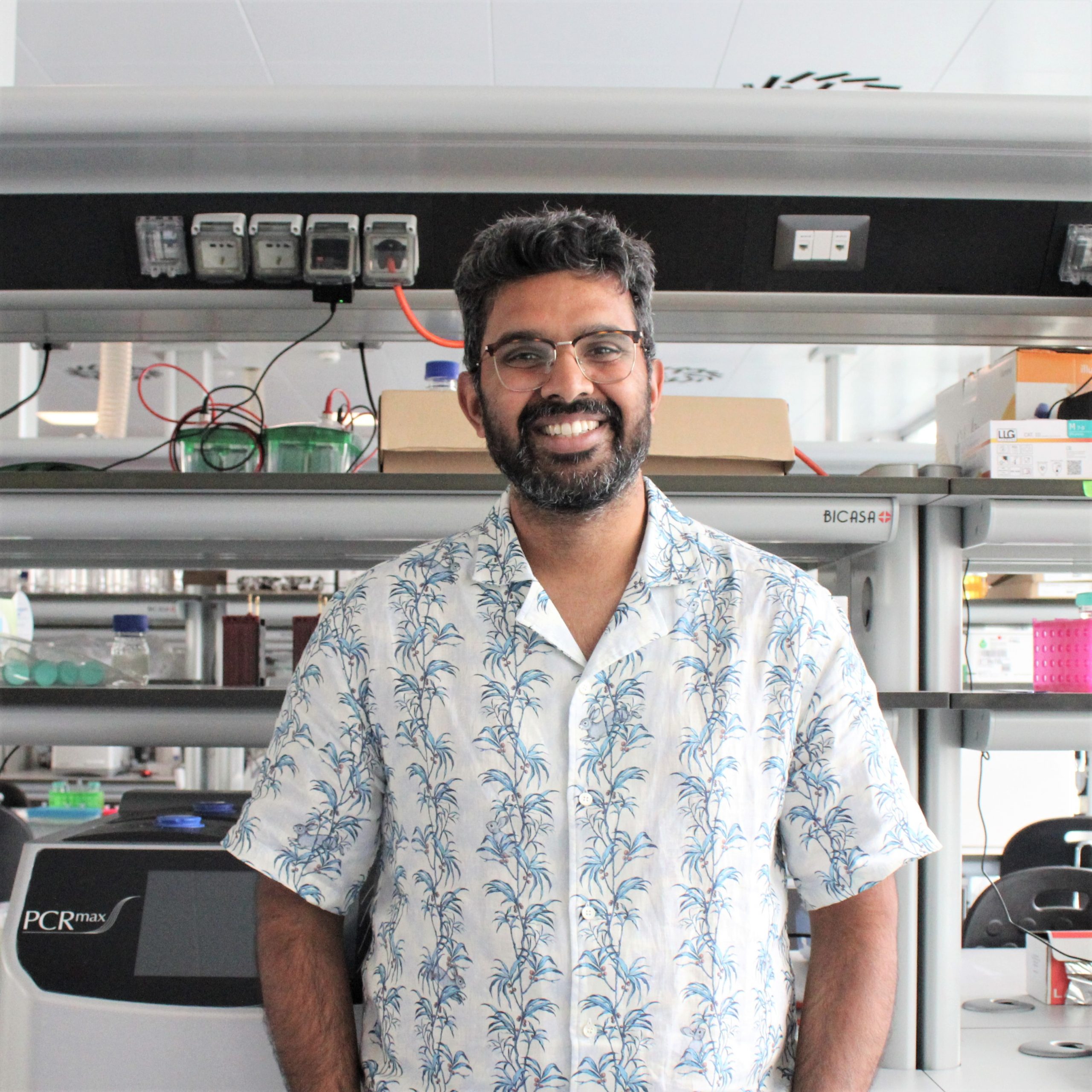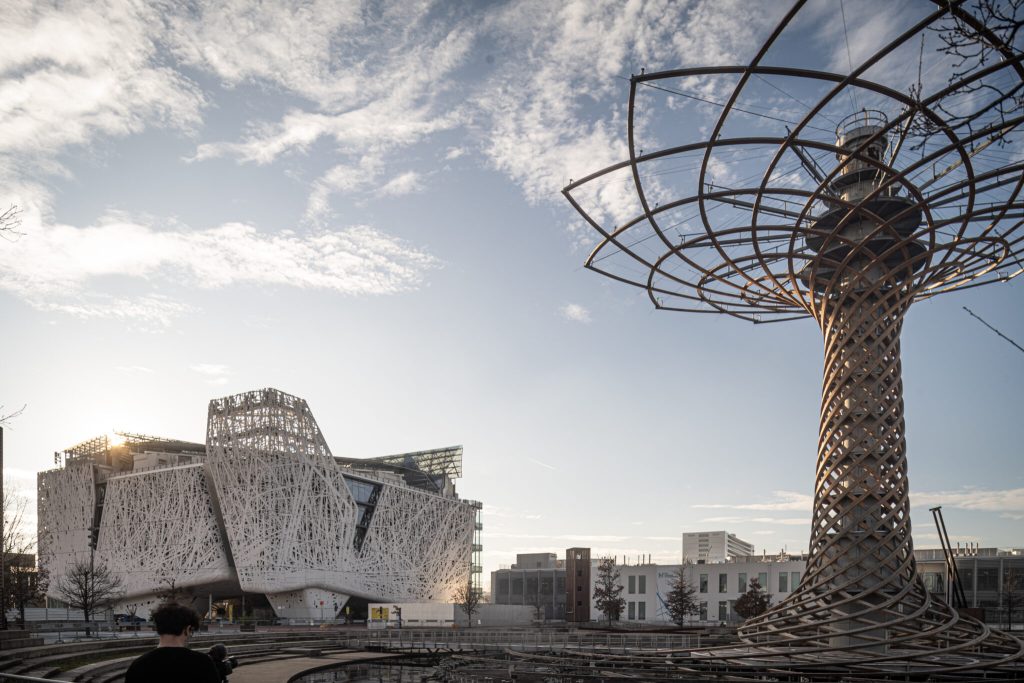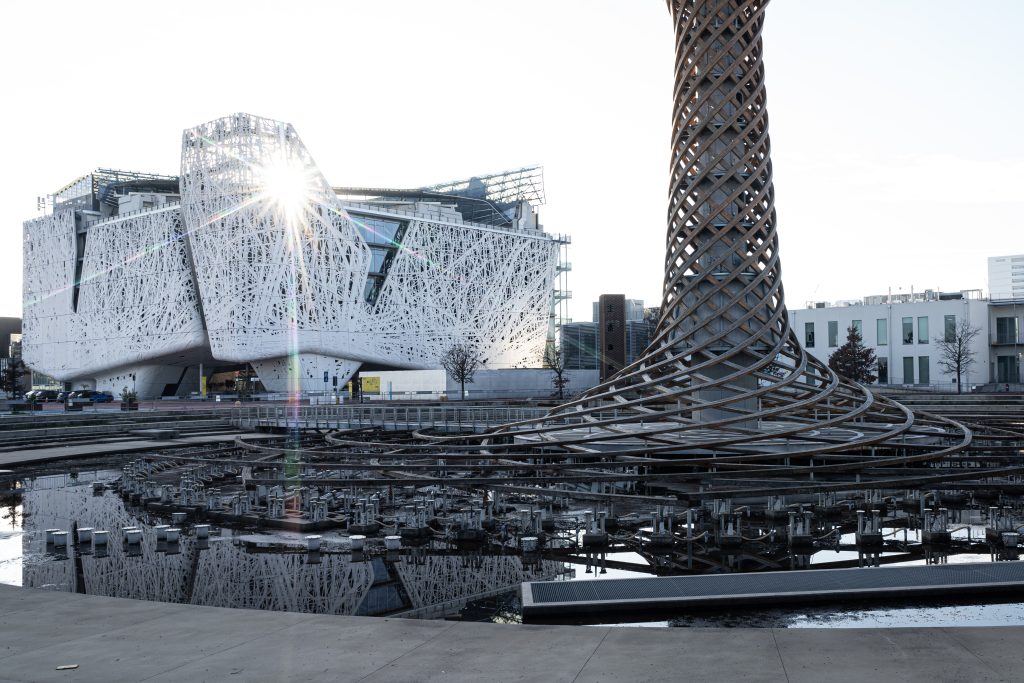Karthik Ramanadane wins a HFSP fellowship for thyroid studies

For the first time in nearly 20 years, Italy wins a Fellowship from the Human Frontier Science Program (HFSP): our Karthik Ramanadane, Postdoc in the Coscia Group (Structural Biology), will pursue a challenging project on the molecular mechanisms of the thyroid at Human Technopole.
The HFSP fosters the next generation of life science research and promotes international collaboration in basic research focused on elucidating the sophisticated and complex mechanisms of living organisms. Since 1990, the programme has funded over 7000 researchers from more than 70 countries, of which 28 Nobel Prize winners.
Karthik, can you tell us a bit more about the project you will be pursuing? How does it differ from the project for which you were awarded the SNSF Postdoc fellowship last year?
Thyroid hormones are iodinated compounds essential for the development and metabolism of all vertebrates, and their imbalance severely compromises health in about 10% of the world population. The most common thyroid diseases are defects in hormones production and secretion, development of cancer and autoimmune diseases, but available treatment strategies remain highly unspecific.
The thyroid molecular mechanisms ranging from dietary iodide absorption to the secretion of thyroid hormones (TH) remain largely uncharacterized. During her postdoc, Francesca Coscia characterized the structure of the protein hormone precursor, thyroglobulin (TG) by electron cryo-microscopy (cryo-EM), thus paving the way for understanding TH production. Located in the thyroid follicular lumen, TG acts as an iodide storage and serves as substrate for the synthesis of thyroid hormones which remain covalently bound on its surface. However, the mechanism by which thyroid hormones are released from the thyroid lumen into the bloodstream remains elusive.
A protein receptor, we call TG-R, has been proven to promote TG endocytosis and to be essential for hormone release. It is believed that this protein could be the main receptor initiating the trafficking of TG in thyrocytes. Using cryo-EM, my SNSF project aims to unravel the structure of the human TG-R and characterize the structure of the TG-R-TG complex.
The HFSP proposal is synergetic to the SNSF project and relies on integrating the structure of the complex TG-TG-R in the cellular context by:
- First, using a combination of proteomics, cell-based assay and CRISPR-Cas9 based screening to identify other molecular partners of TG-R involved in TG internalization.
- Then, as the size of this complex would reach a couple of megadaltons (MDa), the latter would be a great substrate for initiating cryo-electron tomography (cryoET) and correlative light electron microscopy (CLEM), recapitulating the internalization process directly in cells. This approach will take advantage of our high-resolution structures and the developed cellular and interactomics tools.
We expect to decipher the rules of TG endocytosis in the thyroid, which could be generally applicable to and inspire new models of cargo internalization in the other tissues. Additionally, we aim to open a new front in thyroid hormone regulation in vivo and in patients, via the modulation of the key endocytosis mechanisms.
Will you be able to leverage any expertise or technology beyond your research group to advance the project?
This project is a textbook example of research aiming to answer questions across (small-) scales. While I have been heavily trained in biochemistry and structural biology, I am novice in proteomics and incompetent in cryoET and cryoCLEM. Nevertheless, HT is an incredible environment to learn these methods and apply them to the aforementioned proposal. Therefore, in the course of my stay at HT, I will be collaborating with expert scientists from the national facility (Proteomics: Dr. Andrea Graziadei; Microscopy facility: Dr. Paolo Swuec, Dr. Simona Sorrentino, Dr Gaetano D’Urso) and seeking advices/guidance from labs using these methods routinely (Pigino and Erdmann groups).
Finally, how was the application process and do you have any tips/suggestions for future applicants?
The application process was brutal! The HFSP is very competitive – with no award for postdoc to work in Italy since 2005 but prestigious and generous (I was awarded a total amount of €189,960 for a duration of three years).
My first reaction was to reach out to a friend from my previous institution in Zürich who won the grant in 2019. Her proposal was useful to understand what the committee expects from a “successful proposal”. The project needs to be ambitious but realistic. Interdisciplinarity is key but the applicant needs to prove to the committee that he/she is the right person to build up a solid foundation for the project. Then, it is important to be humble about what you know and what you do not know: show that you are hungry to learn and that you are in the right place to learn and apply the new methods described. For instance, I clearly stated that I was never trained in mass spectrometry, cryoET and cryoCLEM but I was surrounded by the right people who could teach me.
Additionally, I also made a list of all available materials at HT that will be used to carry out my project successfully. After taking a step back, I realized that it was a useful exercise for someone who wants to become a Principal Investigator: the applicant is invited to structure the proposal. I would also like to thank Alessandra Silvestri (National Facilities Access Manager of Human Technopole) for reviewing my application before the final submission, it was very helpful to make sure that the proposal was clear to a broad range of scientists. Human Technopole also deserves credit in the success of my application, the research environment is crucial to show feasibility of a project: both technology and expertise!



